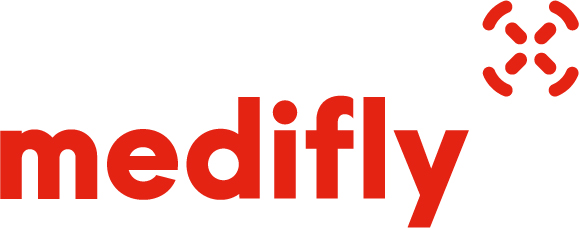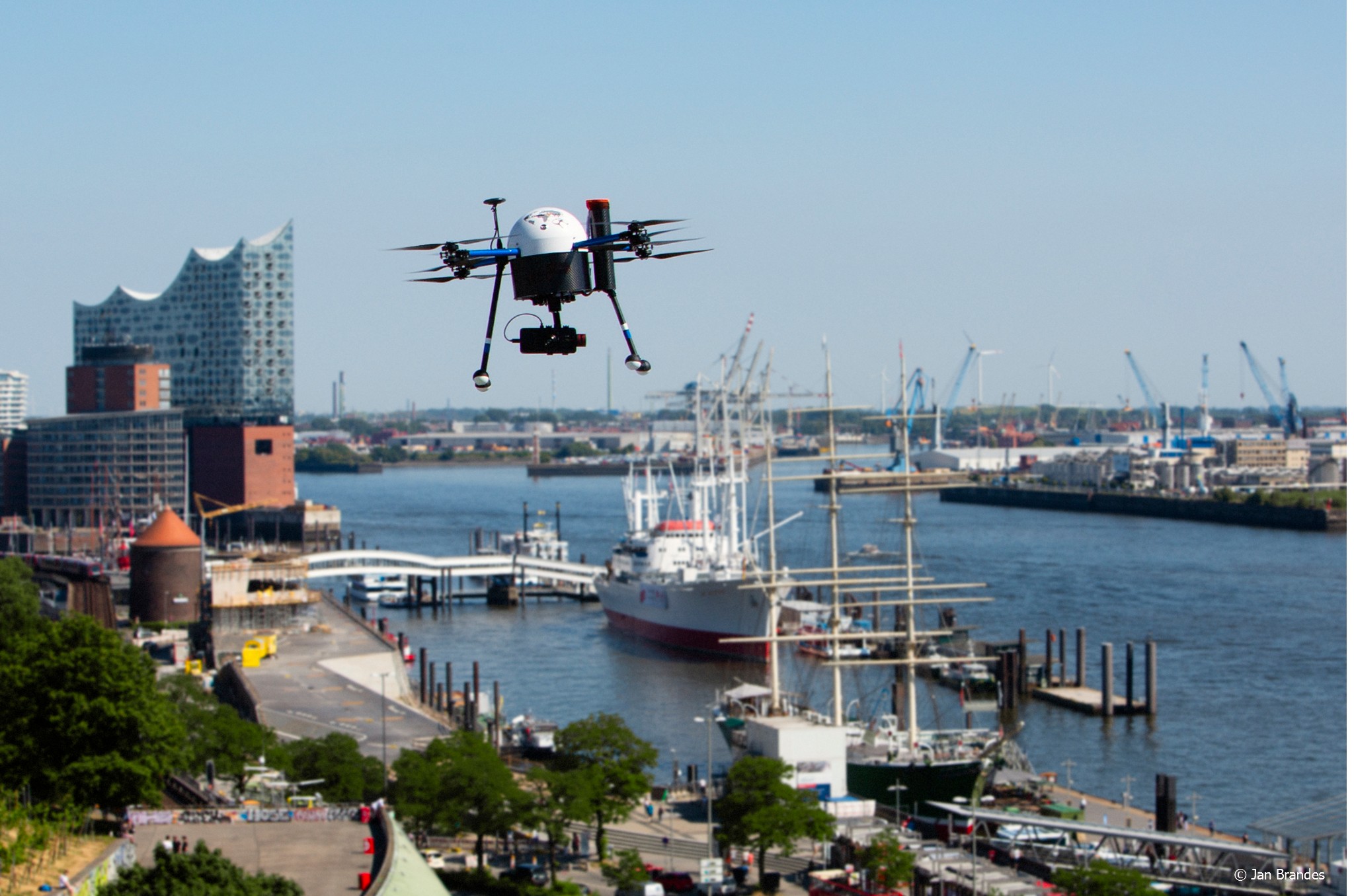Project description
Would you like to know what Medifly is all about? Then you are in the right place!

Why Medifly? Why transport medical goods with drones?
Medical logistics is an important area in the everyday life of a hospital. It ensures that materials such as syringes and swabs are available in sufficient quantities on the wards, or that blood transfusions are available to patients in the blood group they need. All these medical supplies are regularly delivered to the hospitals in large quantities by trucks and vans. But sometimes something important may be missing – such as an urgently needed medicine. This then has to be hurried by courier to where it is needed.
When every second counts
In larger hospital networks, it is common that not every hospital has its own fully equipped in-house laboratory. Thus, laboratory samples have to be collected at the individual sites and taken to a central laboratory for examination.
Most time-critical are tissue samples – so-called frozen sections that have to be taken from the patient during an operation and examined to determine whether all, diseased tissue could be completely removed. These examinations take place in pathological laboratories, which are often not located on site. The frozen sections are transported by blue light, as the patient remains under anaesthesia until the examination results are available and the doctor is certain that the operation was successful.
Reduce transport times
The challenge in transporting urgent, medical goods lies primarily in getting them to their destination in a timely manner. Dense city traffic and construction sites make this task increasingly difficult. This is where unmanned aircraft systems – so-called drones – can make a significant difference. Because they have the ability to simply fly over the congested roads and get to their destination faster.
And why Hamburg?
Hamburg is the world’s third largest civil aviation location and has a lot of expertise on board, which is bundled in the Medifly project team. At the same time, as a metropolis with an inner-city airport and a broad network of hospitals, Hamburg is both challenging and relevant as a “testing ground” for the future use of drone technologies in urban spaces.
FAQ
Here we answer more questions about Medifly.
Your question is not yet included? Write to us!
As part of a test phase, unmanned flights are to take place regularly between several hospitals and laboratories in the Hamburg city area, transporting medical goods such as medicines, laboratory and tissue samples.
Medifly is a joint project of FlyNex, GLVI Gesellschaft für Luftverkehrsinformatik, Hamburg Aviation, Lufthansa Technik and ZAL Zentrum für Angewandte Luftfahrtforschung.
Associated partners include the Asklepios Kliniken Hamburg, the Hamburg Ministry of Economics and Innovation, DFS Deutsche Flugsicherung, ISG Intermed Service, Schön Klinik Eilbek and the Universitätsklinikum-Eppendorf (UKE).
The Asklepios Kliniken Hamburg, the Schön Klinik Eilbek and the UKE are participating.
The drone will fly between 100 m and 150 m.
Medifly’s flight routes extend in a north-south direction from Langenhorn to Harburg and in a west-east direction from Rissen to Barmbek-Süd.
Not “just like that”. Before the Medifly drone can take off for the first time, an operational authorisation must first be obtained. This involves a great deal of coordination and is subject to stringent conditions. Here, the Medifly team works closely with the Hamburg Civil Aviation Authority and DFS Deutsche Flugsicherung.
The Medifly drone receives its flight route in advance and flies along it automatically. The flight is continuously monitored by a remote pilot who can intervene in the control system in an emergency.
No. The Medifly drone does have a built-in camera. However, this is there for safety, so that the remote pilot can detect any obstacles in the airspace in front of the drone. In addition, the camera helps the remote pilot to recognise in good time whether there are people in the landing area.
As the drone is electrically powered, it can benefit from an environmentally friendly energy mix. Due to its design, the drone has a much longer range than a multicopter with comparable cargo capacity. This means that it can fly longer and further on one battery charge. The energy required to make the drone is likely to be in the order of a garden mowing robot. The data processing equipment involved has the energy consumption of standard laptops.


